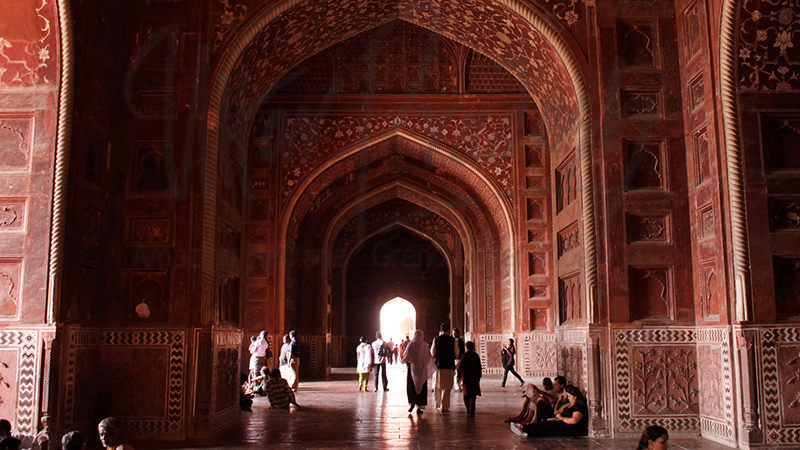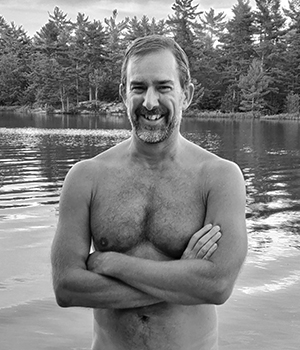
People come to Peru from all over the world to be able to say they have been to the legendary archeological site of Machu Picchu. And yes, the 15th-century Incan ruins are breathtaking, as are the views of the Sacred Valley beyond. I made my first pilgrimage about 10 years ago and was completely awestruck. But during my visit last year, as my tour group clustered around our guide on the spot where the city’s quarries were located, we became completely focused on the hungry llama who had found a banana peel atop a backpack and wanted to find more. Our tour stopped dead. Lost City of the Incas? Pshaw. This second time around, I was up for fun. If the naughty brown llama sticking his or her nose into our pockets looking for more snacks was the star of the day, so be it.
The whole point of a bucket-list destination is checking it off, declaring it “done” and then making plans to hit the next destination. Bucket lists can feel regimented—or worse, overwhelming—as we struggle to balance the tension between expectations and reality. But life is about second chances. There’s a special pleasure in reuniting with a place after the feelings of “OMG, I’m finally here” have evaporated.
Visiting some iconic sites a second time has allowed me to be more curious and reflective about the experience, to be more present and connected with the people around me and to observe how the place has changed—and how I myself have changed—since we last crossed paths.



